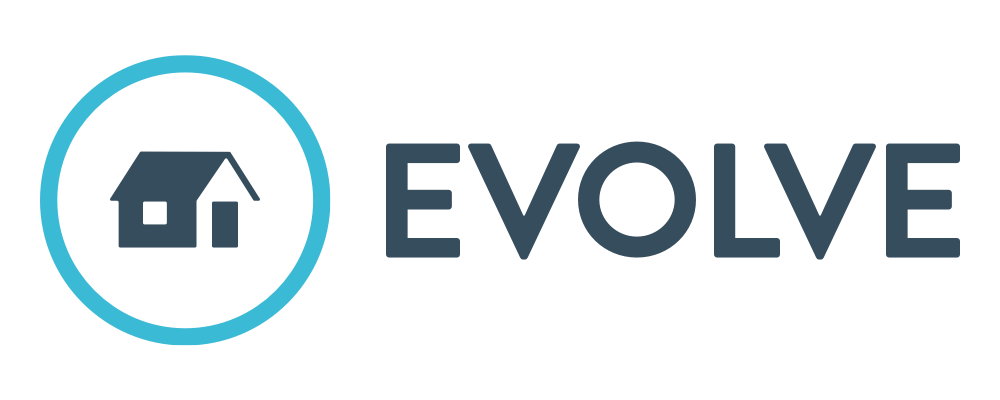Aging in Place in Your State: Delaware
Image from Pixabay
Delaware is small, but don’t make the mistake of assuming that means there’s not much going on there.
The First State is America’s second-smallest by area (it’s 1,982 square miles, with only Rhode Island being smaller—compare that to the largest state, Alaska, which has 570,641 square miles), and the sixth-least populous, with about 990,000 people. But get this: it’s also the sixth-most densely populated state, at 93 residents per square mile (Alaska’s density: 1.28 residents per square mile). And its services for aging or disabled people who want to live independently for as long as possible are pretty big, offering several layers of protection and services to help Delawareans (yes, that’s really what they’re called) age in place.
First, there’s the state’s transitional service for people currently living in institutional settings who want to return to community living, but who will need home- and community-based services (HCBS) to do so. Rather than participating in the federal Medicaid HCBS waiver system, Delaware has its own program for managing long-term care through Medicaid. The program, Diamond State Health Plan Plus (DSHP-Plus), focuses on several areas of need, one of which is the aforementioned transitional services.
Thanks to Delaware’s “money follows the person” philosophy, people living in institutional settings who want to return to community-based living can get help to do so, provided that they:
Have lived in a Delaware “inpatient facility” for no less than 90 consecutive days, for purposes other than short-term rehabilitation.
Are eligible for Medicaid.
Are able to have their health needs met through services in the community.
Are voluntary participants in the program
Are eligible for available Home and Community Based Services (HCBS) as of the first day of moving from institutional to home-based services. That means applicants are at least age 65 (or over age 18 and disabled), need a the level of care of a nursing home, and meet requirements for Medicaid or Developmental Disabioity waivers.
Once approved for the transitional program, recipients can move into a home they own or lease, as well as a home owned or leased by a family member. They also can move into a private apartment or into a residence shared by four or fewer unrelated people (such as adult foster care, a shared apartment, or a small group home).
In addition to case management and help developing a plan of care, Delaware’s program also helps residents with “initial household setup expenses” like security and utility deposits, living skills counseling, community services and medical care training, home-delivered meals, respite care for caregivers, and assistance with activities of daily living. Also available is funding for assistive technology “that provides necessary assistive devices for individuals to function within the community” and for home accessibility modifications. These modifications must “provide necessary accessibility needs in the home, such as ramps or bathroom access.”
For Delawareans still living in residential settings, DSHP-Plus has a different, complementary set of services. According to the state web site, DSHP-Plus aims to provide options to cover all types of needs of beneficiaries. Once a plan of care is in place, recipients can access services like adult day care, chore services, cognitive services, transportation, home-delivered meals, various types of hospital services, various therapies, private-duty nursing, nutritional supports and home modifications for safety and accessibility, “to help persons remain at home.”
The maximum benefit for transition services is $1,800, and the maximum for home modifications is $10,000 per benefit year, with a $20,000 total lifetime maximum.
To qualify for DSHP-Plus, Delaware residents (citizens or legal immigrants) must have a gross monthly income that does not exceed 250% of Supplemental Security Income (currently just under $2,000 a month for single applicants and just under $3,000 for couples with both spouses applying for benefits). Income, for these purposes, includes Social Security benefits, veteran’s benefits, pensions, annuities, interest income, and the like. Delaware law also allows “the exclusion of income money” in this calculation if that money (there is an upper cap on the amount) is placed in an irrevocable income qualifying trust. They also must own no more than $2,000 in “liquid resources”; this includes things like bank accounts, stocks, bonds, etc., as well as $1,500 designated for the person’s burial. A primary residence, a primary vehicle, small life-insurance policies, and a few other resources are not counted as assets. Applicants also are allowed to transfer their homes to a spouse or certain other relatives under some conditions.
The state also follows fairly standard Medicaid guidelines for helping spouses of program applicants avoid “impoverishment” through resource and income allowances. Therefore, income received by a spouse does not count in program eligibility calculations in the same way, and currently, spouses of applicants who are not applying for benefits themselves can receive up to about $3,200 a moth in income, including income transferred from their spouse.
For more information on DSHP-Plus, visit the Programs and Services page of the Delaware Health and Social Services department. And, just for fun, make a virtual visit to something big in Delaware—Miles the Monster, who at 46 feet tall and 20 tons is the world’s largest monster statue, and who graces the Victory Plaza of Dover International Speedway.

